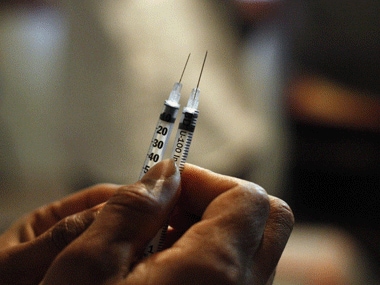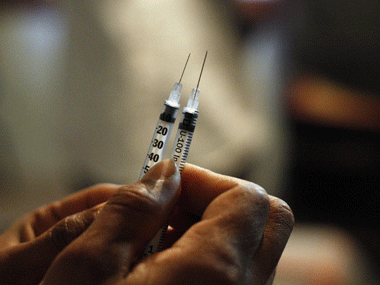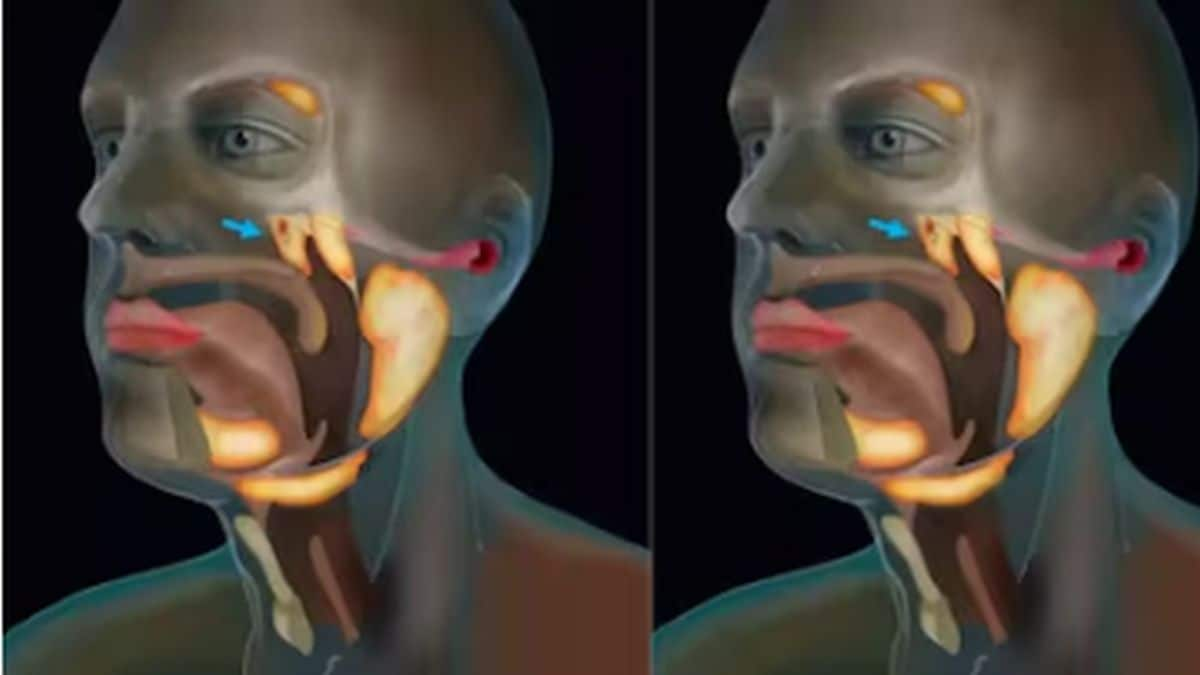On May 4, an Italian news agency reported that a coronavirus vaccine being developed by a local biotech company, Takis, has shown positive results during testing on human cells. The tests were conducted at the Lazzaro Spallanzani National Institute for Infectious Diseases in Rome. [caption id=“attachment_795429” align=“alignleft” width=“380”]  Representational image. Reuters.[/caption]
According to the World Health Organisation Draft for COVID-19 vaccine candidates, this vaccine is currently in preclinical phases - but, as of May 5, eight others are in the human trials phase. Pfizer, an American multinational pharmaceutical company, has started phase 1 and 2 clinical trials on their mRNA vaccine candidate today. They are reportedly developing this vaccine in collaboration with BioNtech, a German biotech company.
Takis vaccine candidate
In March, Takis announced that they are working on at least four different DNA vaccines for COVID-19. A DNA vaccine contains the genetic code for specific parts of the virus against which our immune system mounts a response. Out of the four candidates at Takis, one reportedly comprises the gene coding for the spike protein of SARS-COV-2, the causative agent of COVID-19. The spike is what determines the binding of the virus to healthy cells. The other three are DNA sequences corresponding to specific epitopes present on the virus, modified enough that they work properly as a vaccine when introduced into human cells. Epitopes are part of an antigen that are identified by our immune system. An antigen is any foreign substance against which our body makes antibodies As per media reports, the company has tied up with Applied DNA Sciences, a New York-based biotechnology company.to make multiple copies of the vaccine candidates for its study. On April 10, Takis announced that they observed extremely positive results with all their candidates in the animal testing phase.
Pfizer’s vaccine
Pfizer’s reportedly injected the first-ever dose of its mRNA vaccine at the NYU Grossman School of Medicine and University of Maryland School of Medicine today. The pharma giant has about four different RNA vaccine candidates which they are now going to test in a series of human trials. According to the news released on Pfizer’s website, they are going to start with 360 healthy people in the age group of 18-55 first and once this testing has shown success, more volunteers will be included in the study. For the trials, more people will soon be enrolled at the University of Rochester Medical Center/Rochester Regional Health and Cincinnati Children’s Hospital Medical Center in the USA.
Other vaccines in human trials
According to WHO’s recent update, eight COVID-19 vaccine candidates are right now in the human trial phase. Four of these are from China, three from the USA, and one from the UK. Of eight, seven are in phase 1 and 2 of trials. Phase 1 of human trials is usually safety trials which are done on about 100 or fewer people while phase 2 involves 100s of people at once to test the safety and efficacy of the vaccine. For the combined phase I and II, these potential COVID-19 vaccines will be tested on 1000s of patients in various study groups. In China, the vaccines being developed are either inactivated virus or an adenovirus vector vaccine. The UK vaccine candidate at Oxford University, called Chadox1, is also an adenovirus vector vaccine. In the USA, apart from the aforementioned candidate by Pfizer, one vaccine is being developed by Moderna Inc and is an RNA vaccine while the other one is being worked on Invio Pharmaceuticals is a DNA plasmid-based vaccine. Israel has recently announced that their researchers have developed an antibody vaccine against COVID-19 in the lab and are set to get a patent for it. Though it is not known yet whether this candidate has gone through clinical trials. For more information, read our article on Coronavirus vaccine candidates. Health articles in Firstpost are written by myUpchar.com, India’s first and biggest resource for verified medical information. At myUpchar, researchers and journalists work with doctors to bring you information on all things health.


)

)
)
)
)
)
)
)
)



